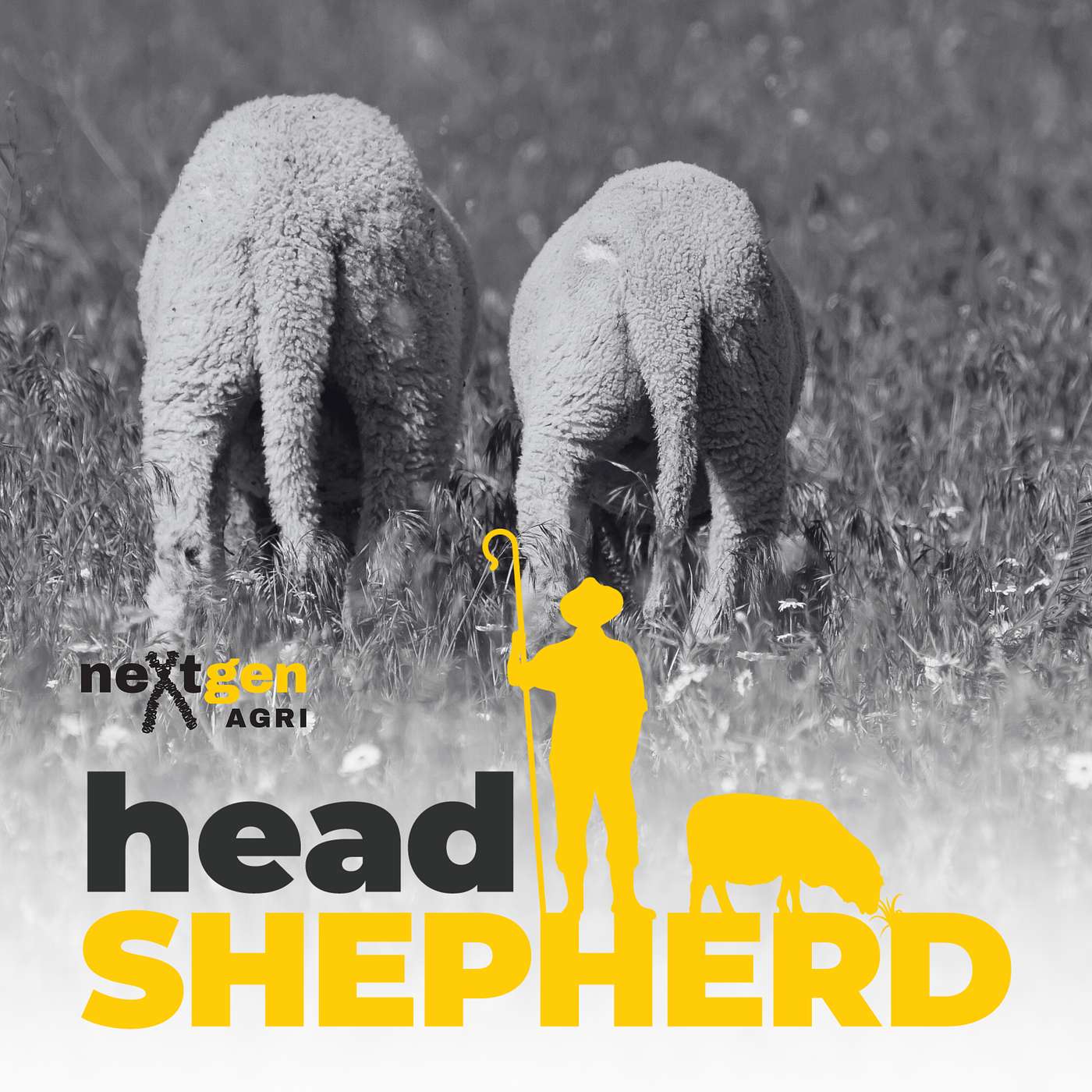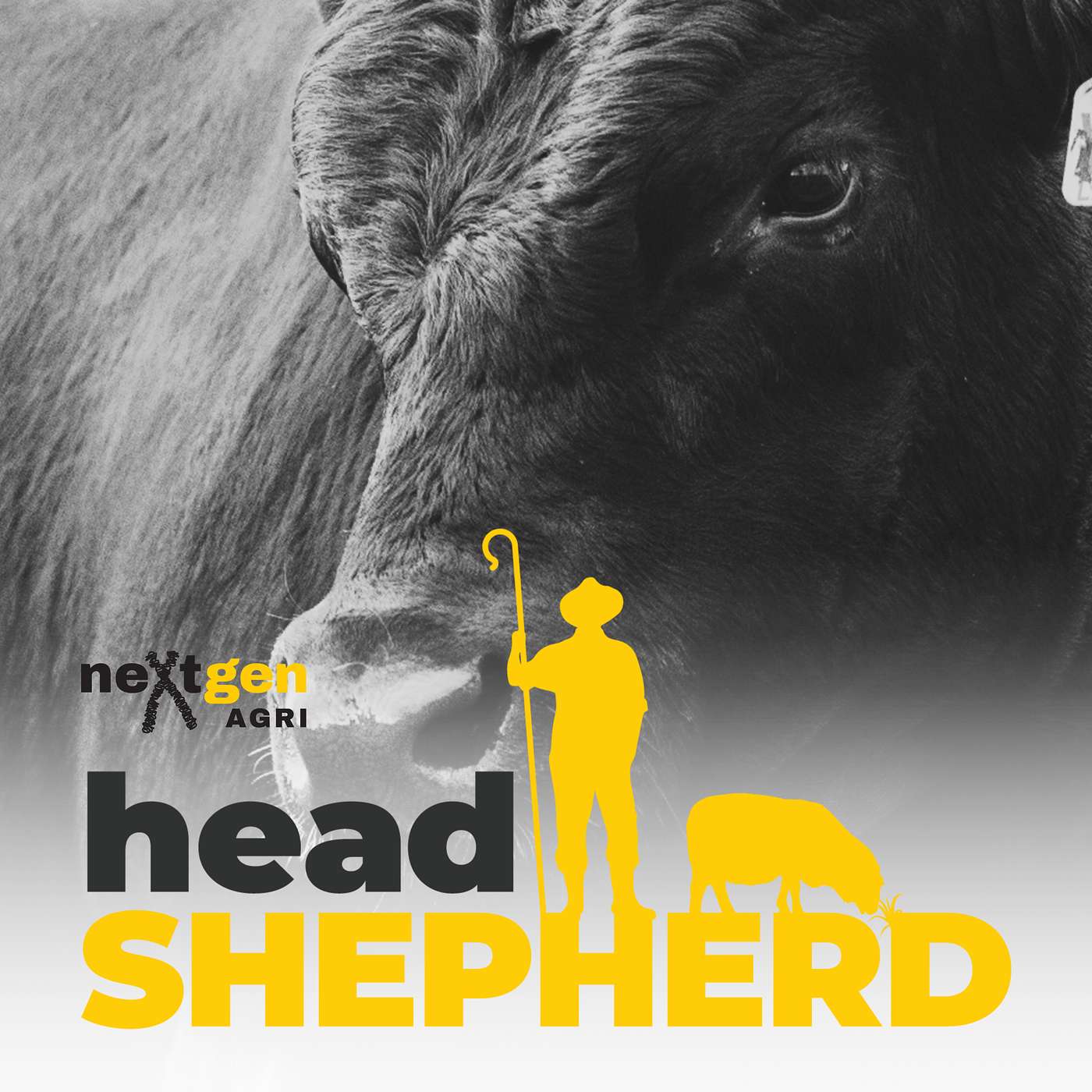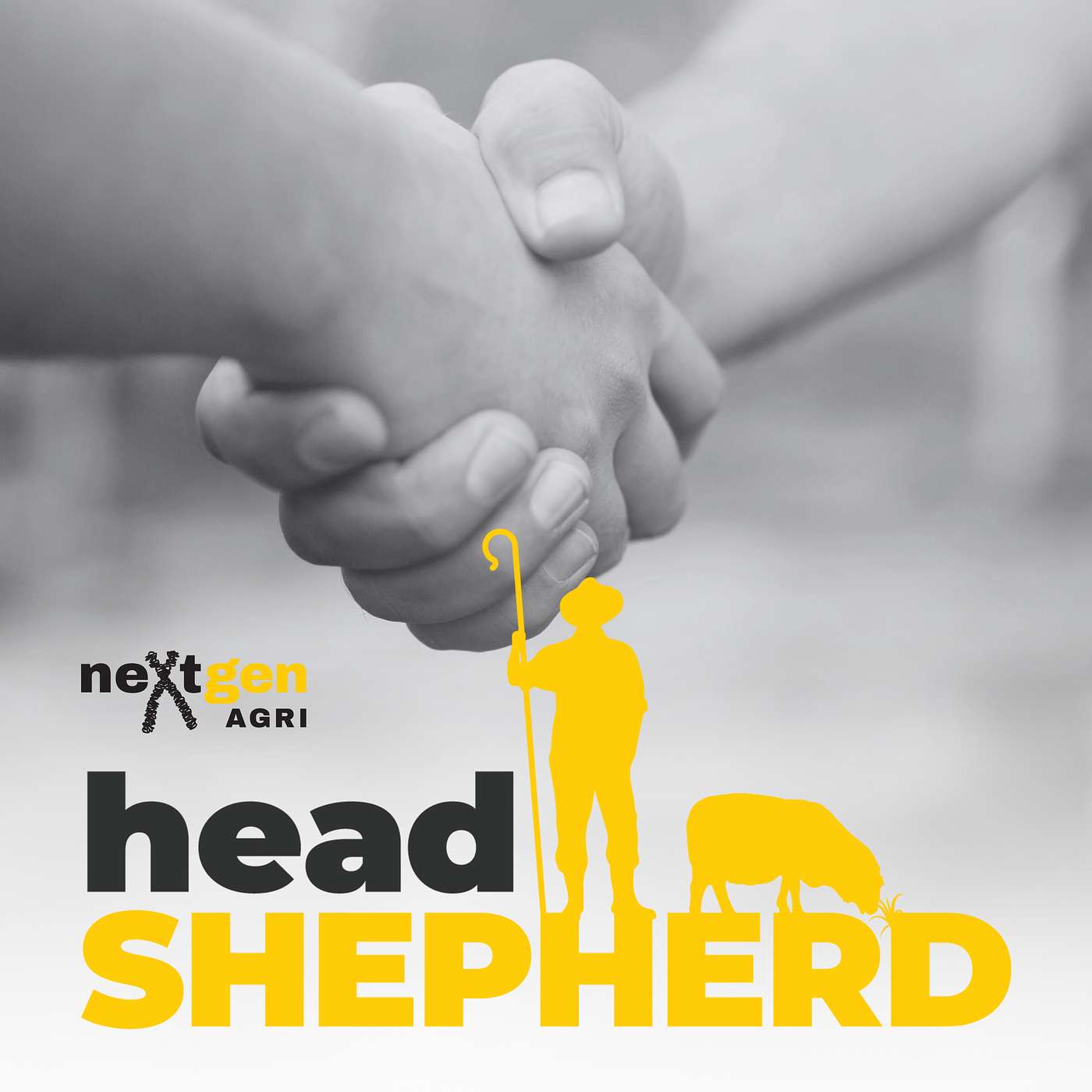How Do You Breed Short-Tailed Sheep? with Marnie Hodge
Description
What do the genetics of tail length and the genetics of semen quality have in common? Not much, except that our guest, Marnie Hodge, Sheep Genetics Senior Development Officer, has researched them both.
Tail length is moderately to highly heritable, but in her research, Marnie found that measuring tail length in centimetres versus a scored system gives you far more accuracy and picks up significantly more genetic variation, which means faster rates of genetic gain if you're selecting for it.
But what's actually changing when tails get shorter? Are we dropping vertebrae or just shortening bones? And what about correlations with body structure? Marnie explains what we know, what we don't, and why we don't have a tail length breeding value quite yet.
On the opposite end of the scale, as with all reproduction traits, semen quality is lowly heritable. Marnie's research, "Heritability and Genetic Parameters for Semen Traits in Australian Sheep", showed that most of the variation in AI success wasn't down to motility, but more down to the variation in ewe management on each farm. So what does that mean for the establishment of a potential future breeding value? Marnie explains on the podcast.
Plus Marnie gives us some updates on what's coming from Sheep Genetics and the combined analysis.
Head Shepherd is brought to you by neXtgen Agri International Limited. We help livestock farmers get the most out of the genetics they farm with. Get in touch with us if you would like to hear more about how we can help you do what you do best: info@nextgenagri.com.
Thanks to our sponsors at MSD Animal Health and Allflex, and Heiniger Australia and New Zealand. Please consider them when making product choices, as they are instrumental in enabling us to bring you this podcast each week.
Check out Heiniger's product range HERE
Check out the MSD range HERE
Check out Allflex products HERE
























